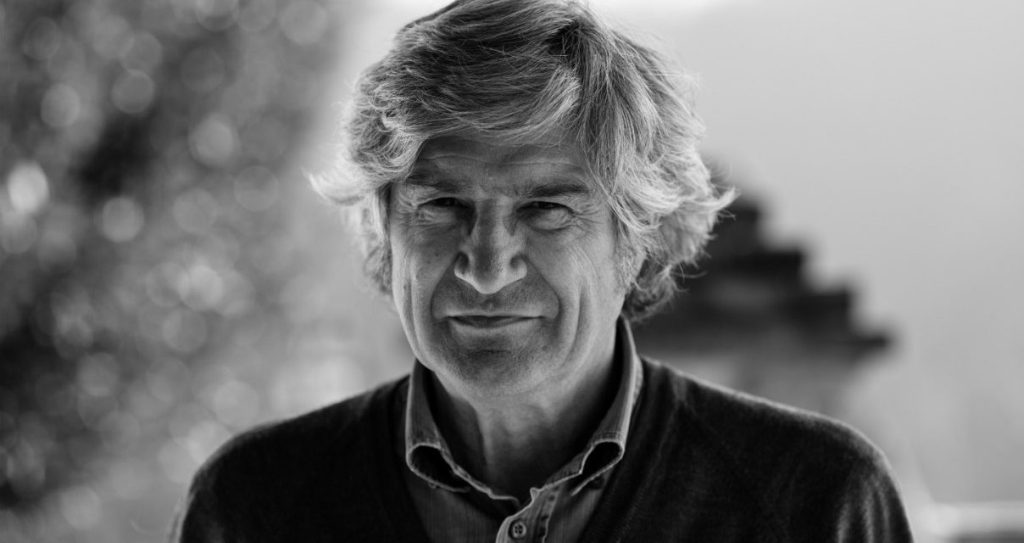
Giuseppe Penone’s Art Illustrates the Essence of Global Breath

LONDON — In this era of climate crisis, during which it has become evident that we urgently need to reassess our relationships with the environment and other species, the art world is increasingly commissioning exhibitions themed on ecology and the more-than-human world. The work of artists who have been working with these topics for decades is therefore interesting in its insight into our climate before an established visual vernacular, as well as newer scientific developments. One preeminent example is Giuseppe Penone, known for his poetic sculptural renditions of trees.
“Thoughts in the Roots,” his solo exhibition at Serpentine South Gallery spanning works from 1969 to now, is not filled with ecohumanities buzz words, nor does it actively recognize the complexities of ecosystems or human experience. Penone sets up trees as poetic entities as opposed to multispecies assemblages, and often uses his own body as a stand-in for humanity in general.
There is a weightiness to this decades-long engagement with the intertwined relationship between human and vegetal bodies. In particular, the central room in this exhibition is revelatory in its quietness and simplicity. The walls are lined with mesh panels encasing layers of laurel leaves. Their scent is subtle but heady, suffusing the space and the body with every breath. One wall features a hybrid metal sculpture of a human lung sprouting branches. The piece draws attention to the anatomical similarities between plant growth and the human respiratory system, as well as highlights the reciprocal relationship between plants and animals needed to create a livable atmosphere: Plants photosynthesize carbon to produce oxygen, while animals take in oxygen and excrete carbon. Lungs and leaves, Penone reminds us, are the spaces in which species meet, sites for interrelation with our environments.
On the opposite wall stands Penone’s “Alberi libro (Book Trees)” (2017), for which he carved away, layer by layer, the outer rings of milled logs. He exposes the core of the tree and the nubs along it that once extended outward into branches, revealing an image of the object’s material past. Partly still encased by the larger block of wood, each resembles a sapling as well as its fully grown version. Building on the notion of judging a tree’s age by revealing its growth rings, the sculpture acts as a physical record of time as well as a site in which past and present coalesce.
Works by Penone are also installed in the public park surrounding the gallery, including “Albero folgorato (Thunderstruck Tree)” (2012), for which he cast a Belgian tree that had been struck by lightning in bronze. This is a monumental work, with the heft and presence of a public sculpture. In some ways, however, it suffers from the absence of quiet and artist’s touch that suffuses many of the indoor works, where human skin and tree bark form a visual continuum. Viewers are left to consider for themselves whether it is a meaningful act to immortalize a tree much like countless others in the surrounding park — particularly as Penone’s version, unlike its neighbors, has little to offer local wildlife.
“Giuseppe Penone: Thoughts in the Roots” continues at Serpentine South Gallery (Kensington Gardens, London, United Kingdom) through September 7. The exhibition was curated by Claude Adjil and Hans Ulrich Obrist with Alexa Chow.